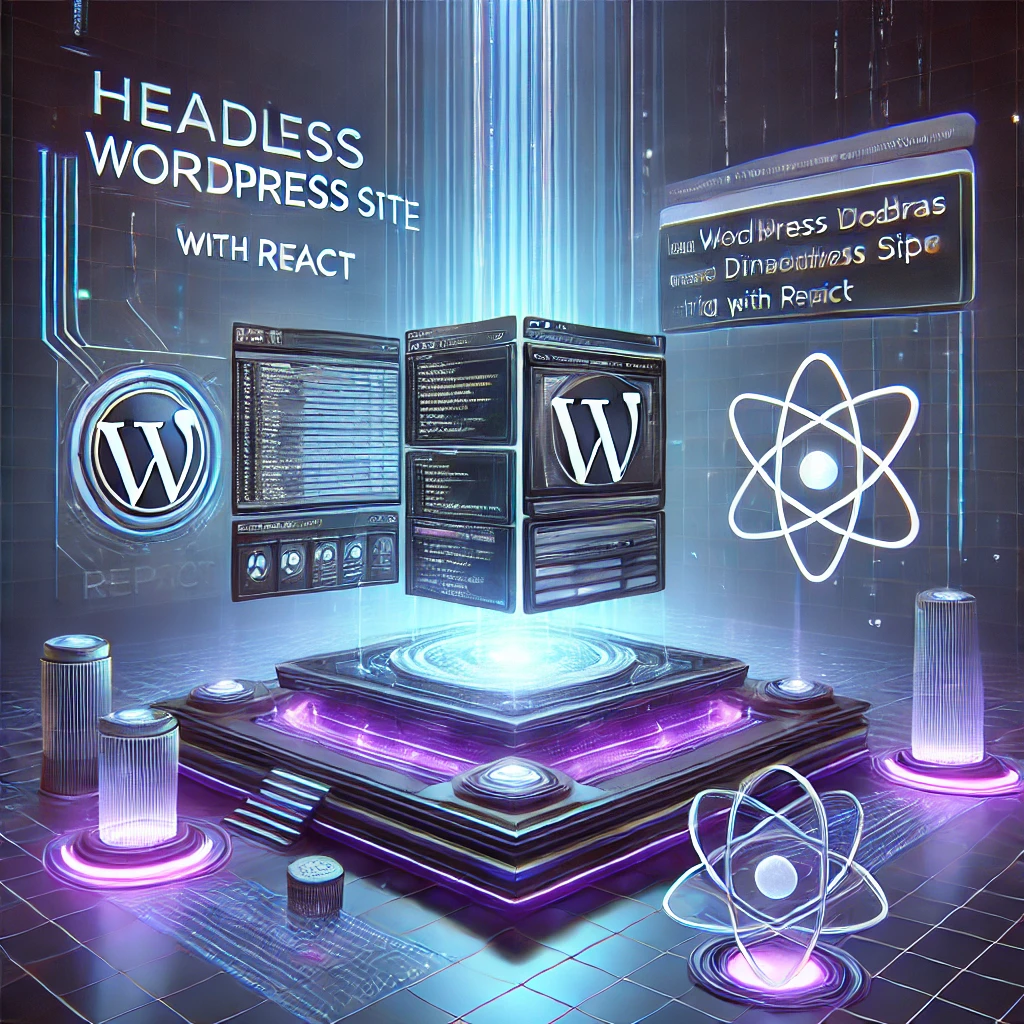Introduction
Headless WordPress is gaining popularity among developers looking for flexibility, scalability, and high performance. By decoupling WordPress from its frontend, developers can use modern JavaScript frameworks like React to build highly dynamic and interactive user experiences while still benefiting from WordPress’s powerful CMS capabilities.
This guide will walk you through setting up a headless WordPress site using React, leveraging the WordPress REST API for content retrieval.
Why Use Headless WordPress with React?
- Improved Performance – React enables faster page rendering with dynamic loading.
- Better User Experience – Create custom and interactive interfaces beyond traditional WordPress themes.
- Scalability – Easily integrate with other APIs, microservices, or third-party applications.
- SEO Benefits – With server-side rendering (SSR) in frameworks like Next.js, SEO performance is enhanced.
- Security – By separating the backend from the frontend, WordPress vulnerabilities can be minimized.
Setting Up Headless WordPress
Step 1: Enable the WordPress REST API
The WordPress REST API is enabled by default, allowing you to access content programmatically. You can test it by visiting:
https://yourwebsite.com/wp-json/wp/v2/posts
This returns a JSON object containing your posts.
Step 2: Install and Configure CORS
To allow external requests, configure CORS (Cross-Origin Resource Sharing) in WordPress by adding the following to your functions.php file:
function add_cors_http_header(){
header("Access-Control-Allow-Origin: *");
}
add_action('init','add_cors_http_header');
Alternatively, use plugins like WP REST API Controller to manage permissions.
Building the React Frontend
Step 3: Set Up a React Project
Use Create React App to initialize a new project:
npx create-react-app headless-wordpress
cd headless-wordpress
npm start
Step 4: Fetch WordPress Data in React
Inside src/App.js, use the fetch API to retrieve WordPress posts:
import React, { useEffect, useState } from 'react';
function App() {
const [posts, setPosts] = useState([]);
useEffect(() => {
fetch("https://yourwebsite.com/wp-json/wp/v2/posts")
.then(response => response.json())
.then(data => setPosts(data));
}, []);
return (
<div>
<h1>Latest Posts</h1>
<ul>
{posts.map(post => (
<li key={post.id}>
<h2>{post.title.rendered}</h2>
<div dangerouslySetInnerHTML={{ __html: post.content.rendered }} />
</li>
))}
</ul>
</div>
);
}
export default App;
This fetches and displays the latest posts from WordPress.
Step 5: Styling the React App
To enhance the UI, use CSS or frameworks like Tailwind CSS or Material-UI.
body {
font-family: Arial, sans-serif;
background-color: #f4f4f4;
margin: 0;
padding: 20px;
}
h1 {
color: #333;
}
li {
background: white;
padding: 20px;
margin-bottom: 10px;
border-radius: 5px;
}
Step 6: Deploying Your Headless WordPress Site
- Use Vercel, Netlify, or Firebase to host your React app.
- Ensure WordPress is on a secure server with the necessary REST API configurations.
Expanding Functionality
- Integrate Authentication: Use JWT authentication for secure user logins.
- SEO Optimization: Implement Next.js for server-side rendering (SSR).
- Custom Post Types: Fetch data beyond blog posts, such as portfolios or product listings.
- GraphQL Integration: Use WPGraphQL for more efficient data queries.
Final Thoughts
Headless WordPress with React allows developers to leverage WordPress as a powerful CMS while delivering modern, high-performance web experiences. By following this guide, you can create a scalable, efficient, and interactive WordPress frontend powered by React.
Start experimenting with headless WordPress today and unlock a world of possibilities in modern web development!
For more resources, check out the official WordPress REST API documentation at developer.wordpress.org.

